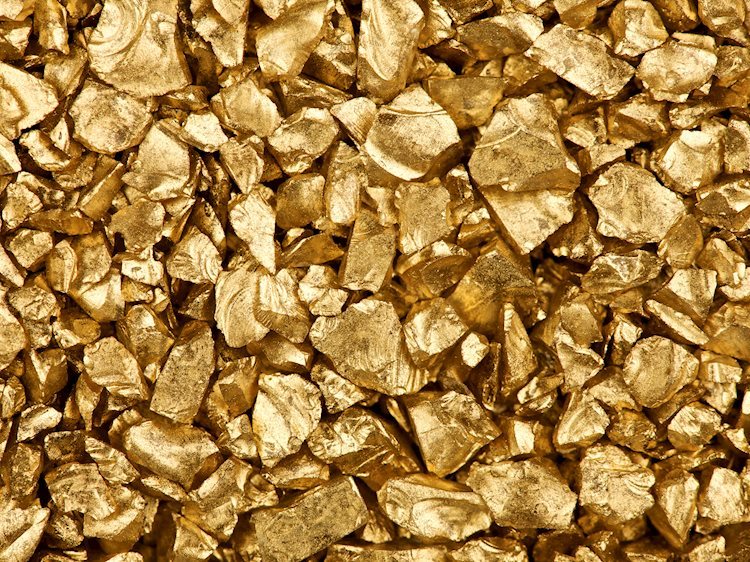Gold prices in the United Arab Emirates saw a slight decline on Wednesday, with the price per gram dropping to 313.44 AED from the previous day’s 314.52 AED. Similarly, the price per tola decreased to 3,655.94 AED from 3,668.55 AED. These prices are updated daily based on market rates and are for reference only, as local rates may vary slightly. FXStreet calculates these prices by adapting international prices (USD/AED) to the local currency and measurement units.
Gold has a long history of being used as a store of value and medium of exchange, making it a valuable asset. It is also considered a safe-haven investment during turbulent times, as it is not tied to any specific issuer or government. Central banks are among the largest holders of gold, using it to support their currencies and improve the perceived strength of the economy. In 2022, central banks added 1,136 tonnes of gold to their reserves, the highest yearly purchase on record. Countries like China, India, and Turkey are rapidly increasing their gold reserves.
Gold has an inverse correlation with the US Dollar and US Treasuries, both major reserve and safe-haven assets. When the dollar depreciates, gold prices tend to rise, allowing investors and central banks to diversify their assets. Additionally, gold is inversely correlated with risk assets, with a rally in the stock market typically weakening gold prices. Geopolitical instability, fears of a recession, and fluctuations in interest rates can also impact gold prices. Ultimately, the price of gold is heavily influenced by the behavior of the US Dollar, as gold is priced in dollars (XAU/USD).
As a yield-less asset, gold tends to rise when interest rates are low, while higher interest rates can weigh down on its price. The movement of the US Dollar plays a significant role in determining gold prices – a strong dollar tends to suppress gold prices, while a weaker dollar can lead to an increase in gold prices. Despite fluctuations, gold remains a popular investment choice for its stability and ability to act as a hedge against inflation and depreciating currencies. It continues to be a valuable asset for investors and central banks looking to diversify their portfolios and protect against economic uncertainty.











